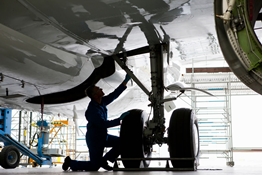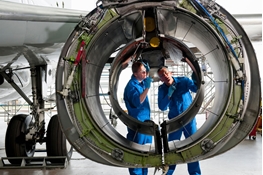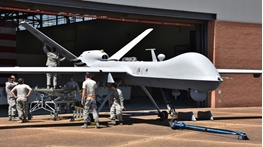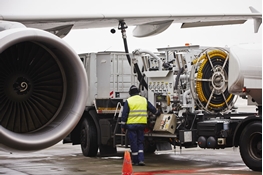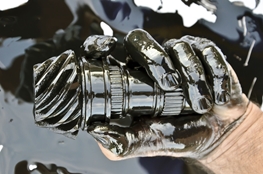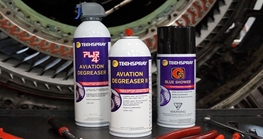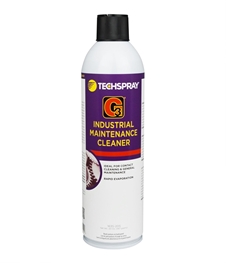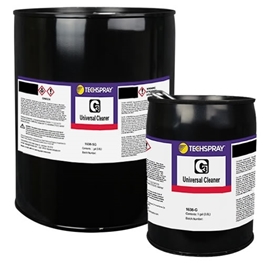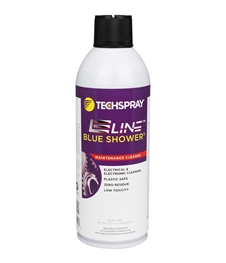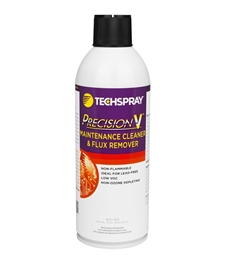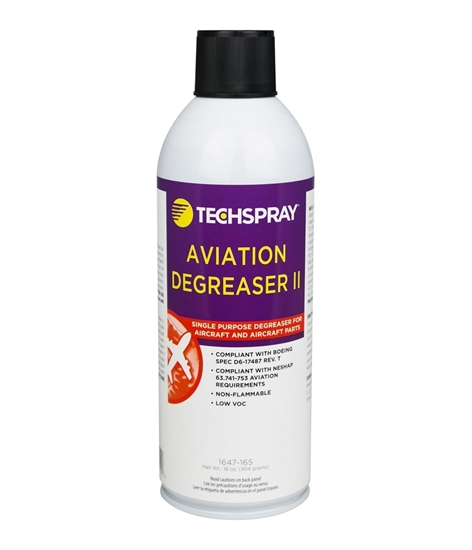
Aviation Degreaser II
Low-VOC cleaner for removing hydraulic and lubricating fluids
FAQ's
No, it should not be a concern. Many of Techspray's nonflammable solvents (e.g. G3, Precision-V, PWR-4) contain 1,2-trans-dichloroethylene (Trans, CAS# 156-60-5), which has caused confusion. The regulations controlling chlorinated solvents do not generally pertain to Trans. The following are the reasons: Many are confused with “chloro” substances due to the NESHAP requirements. The big 3 chlorinated substances are Perchloroethylene (Perc), Trichloroethylene (TCE), and methylene chloride. The association of those with all chlorinated substances is not valid. NESHAP requirements only refer to restrictions of emissions of hazardous air pollutants (HAP). Of the nearly 200 substances listed as HAP’s, Trans is not on that list. Reference the following link: https://www.epa.gov/haps/initial-list-hazardous-air-pollutants-modifications. Trans has the same exposure limit (per ACGIH) time-weighted average (TWA) as 2-propanol (IPA) -- 200 ppm. In contrast, n-Propyl Bromide (nPB) is commonly used in vapor degreasers, with TWA established by ACGIH of 10 ppm. It has been proposed to be reduced to 0.1 ppm. nPB is also listed on various carcinogen lists, notably Prop 65.
It may be different state-by-state, so contact your state environmental agency for regional specific regulations. For a general guideline, here is the process according to EPA hazardous waste regulations 40CFR. The can has to be brought to or approach atmospheric pressure to render the can empty. Puncturing is not required, only that it “approach atmospheric pressure”, i.e. empty the can contents until it’s no longer pressurized. This insures that as much contents as is reasonably possible are out of the can. It is then considered “RCRA-empty”. At that point it can be handled as any other waste metal container, generally as scrap metal under the recycling rules. Note that the can is still considered a solid waste at this point (not necessarily hazardous waste).


